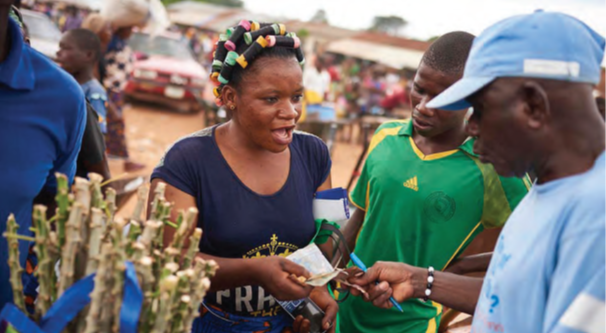We are delighted to announce the publication of the book “Root, Tuber and Banana Food System Innovations: Value Creation for Inclusive Outcomes”.
The whole book, and also its individual chapters, are Open Access, and therefore available, free of charge, here. We encourage you to download those, and also to share the link with others who may benefit from the book.
As many readers know, root, tuber and banana (RT&B) crops play a critical role in food and nutrition security in developing countries, increasingly so in sub-Saharan Africa (SSA). They have great potential to contribute to alleviate poverty, improve health and nutrition, and enhance the resilience of smallholder farmers to climate change. However, RT&Bs face unique challenges including vegetative propagation, genetic complexity, and post-harvest constraints linked to their bulkiness and perishability. Fortunately, they have a high yield potential, as well as diverse uses, both fresh and processed and can deliver micronutrients at a large scale. Despite this potential, until recently RT&Bs have suffered from neglect in both investment and research.

Demonstration of how to incorporate OFSP into a range of existing dishes in Tigray, Ethiopia Photo credit F. Asfaw/CIP
The book summarizes progress innovations in food systems for root, tuber and banana crops developed over the past 10 years in developing countries. It comprises 17 chapters grouped into four main sections: institutional change and scaling; processing, marketing and distribution; enhancing productivity; and improving livelihoods. It includes outcomes of the CGIAR Research Program on Roots, Tubers and Bananas (RTB) which operated from 2012 to 2021. This represented a novel and successful innovation model where diverse partners and organizations, both academic and private, are brought together to focus on value creation for the end user. This program built upon the uniqueness of the RT&B crops creating an effective and successful innovation model. Roots, tubers and bananas and their value chains are crucial for women, and RTB highlighted gender, which is a key cross-cutting theme. As reported in many of the chapters, RTB rapidly scaled innovations to reach many end users within cost/benefit constraints. This helped to get more RTB innovations off the shelf, into the hands of smallholders and researchers.
Though most of the examples and insights provided in this book are from Africa, they can be applied to diverse geographies, cultures and crops. The book will be useful for decision makers considering policy for scaling of innovations for agricultural development, researchers and extension specialists in need of practical support, and also academics and researchers on innovation and scaling processes.
Graham Thiele, Michael Friedmann, Hugo Campos, Vivian Polar and Jeff Bentley
